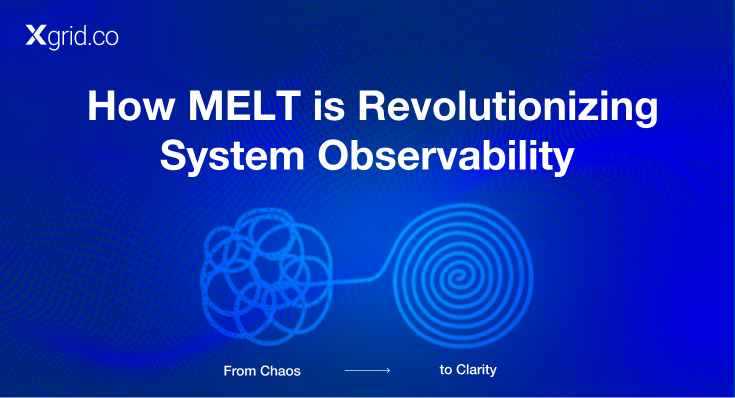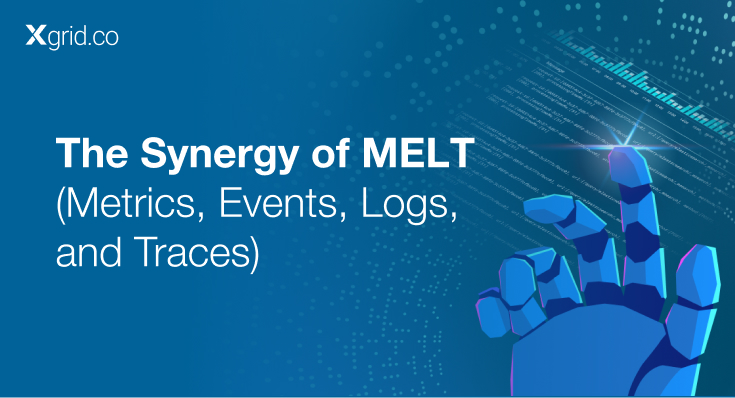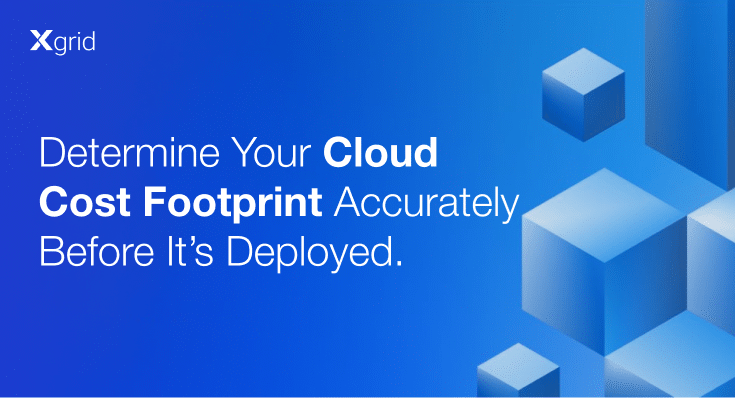Aligning Cloud Cost Usage with Business KPIs Through Effective Modeling
Modeling cloud costs, and more importantly, aligning them with business objectives, has become one of most important cost management solutions.
Many business decision makers want to know the exact formula for optimizing cloud costs with their business KPIs. While there isn’t any one specific formula, there are few ways to do effective modeling to match cloud spend with business KPIs.
Predictive Analysis Vs. Actual Costs
Tools provided by cloud providers like AWS, Azure, or Google Cloud Platform offer predictive analysis for cloud cost before it’s deployed. While they furnish a decent forecast, these are based on assumptions and predictions.
The real deal begins when your application is up and running. At this point, reconciliation between predicted costs and actual expenses becomes essential.
Observability Strategy: The Key to Reconciliation
Before you can reconcile, you need visibility. Observability is not merely about monitoring system health or uptime; it encompasses a broader understanding of the application’s current state. Some key cloud metrics to observe include:
- Network traffic – How many bytes are being sent during peak times?
- Associated costs – What’s the price tag attached to these data transfers?
Defining Cloud KPIs Based on Observations
Once you’ve gained insights, you can start framing your KPIs. Say, for instance, you notice a significant discrepancy between the expected and actual bytes of data being transferred. This then becomes a potential KPI. You’ll want to ask:
- Should there be a threshold for data transfers that, when breached, triggers an alert?
- Are cloud costs directly proportional to the data transfer, and if so, at what rate?
Setting Workflows for Breached Thresholds
KPIs are just numbers unless acted upon. If you breach a threshold, what’s the follow-up?
Immediate alerts – For immediate attention, especially if it hints at potential system or financial anomalies.
Notifications – For less urgent matters that still require eventual attention.
Triggered workflows – Automating processes to control costs, like shutting down particular services if they breach budget limits.
Linking KPIs to Business Goals
The final, and perhaps most critical step, is ensuring your cloud performance metrics align with broader business objectives.
If your company operates on tight budget constraints, it becomes all the more vital. Monitoring cloud costs and staying within limits indirectly supports profitability, sustainable operations, and strategic financial planning.
For instance, if you determine that a particular service is consuming 40% of your cloud budget but only contributing to 5% of your product’s functionality, that’s an alignment issue that needs addressing.
Downloads
Article (PDF-276 KB)MOST POPULAR INSIGHTS
- How MELT is Revolutionizing System Observability
- MELT: Transforming System Observability for Proactive IT Excellence
- Determine Your Cloud Cost Footprint Accurately Before It’s Deployed
- Navigating Challenges in Cloud Cost Monitoring and Optimization
- What “WordPress Mixed Content” Means and How to Fix It?

Established in 2012, Xgrid has a history of delivering a wide range of intelligent and secure cloud infrastructure, user interface and user experience solutions. Our strength lies in our team and its ability to deliver end-to-end solutions using cutting edge technologies.
OFFICE ADDRESS
US Address:
Plug and Play Tech Center, 440 N Wolfe Rd, Sunnyvale, CA 94085
Dubai Address:
Dubai Silicon Oasis, DDP, Building A1, Dubai, United Arab Emirates
Pakistan Address:
Xgrid Solutions (Private) Limited, Bldg 96, GCC-11, Civic Center, Gulberg Greens, Islamabad
Xgrid Solutions (Pvt) Ltd, Daftarkhwan (One), Building #254/1, Sector G, Phase 5, DHA, Lahore




